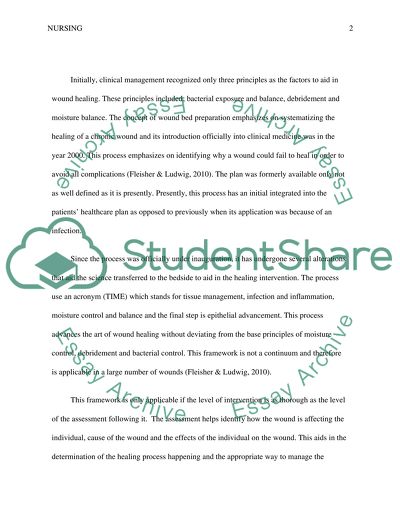Cite this document
(“For patients in a home setting with wounds, does use of tap water to Research Proposal”, n.d.)
Retrieved from https://studentshare.org/nursing/1610238-for-patients-in-a-home-setting-with-wounds-does-use-of-tap-water-to-cleanse-wound-affect-rate-of-infection-and-healing-compared-to-use-of-normal-saline-to-cleanse-wounds-in-a-month-period
Retrieved from https://studentshare.org/nursing/1610238-for-patients-in-a-home-setting-with-wounds-does-use-of-tap-water-to-cleanse-wound-affect-rate-of-infection-and-healing-compared-to-use-of-normal-saline-to-cleanse-wounds-in-a-month-period
(For Patients in a Home Setting With Wounds, Does Use of Tap Water to Research Proposal)
https://studentshare.org/nursing/1610238-for-patients-in-a-home-setting-with-wounds-does-use-of-tap-water-to-cleanse-wound-affect-rate-of-infection-and-healing-compared-to-use-of-normal-saline-to-cleanse-wounds-in-a-month-period.
https://studentshare.org/nursing/1610238-for-patients-in-a-home-setting-with-wounds-does-use-of-tap-water-to-cleanse-wound-affect-rate-of-infection-and-healing-compared-to-use-of-normal-saline-to-cleanse-wounds-in-a-month-period.
“For Patients in a Home Setting With Wounds, Does Use of Tap Water to Research Proposal”, n.d. https://studentshare.org/nursing/1610238-for-patients-in-a-home-setting-with-wounds-does-use-of-tap-water-to-cleanse-wound-affect-rate-of-infection-and-healing-compared-to-use-of-normal-saline-to-cleanse-wounds-in-a-month-period.


